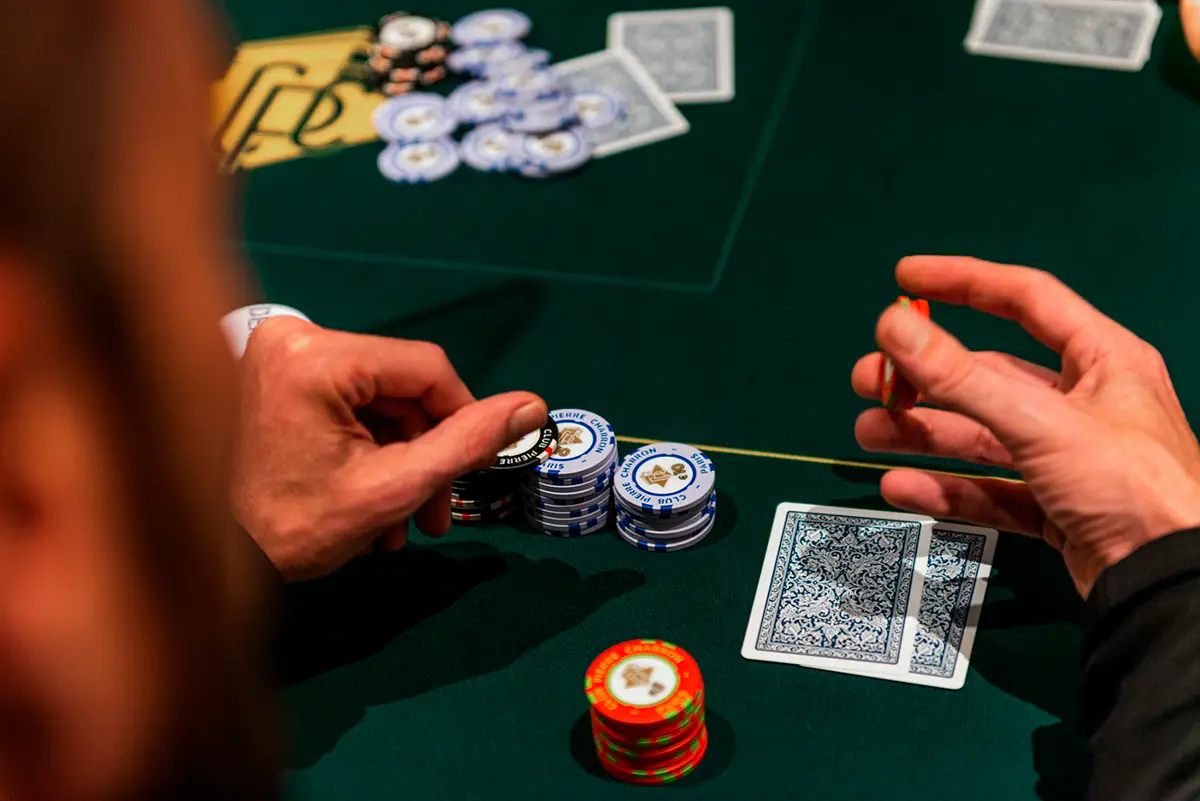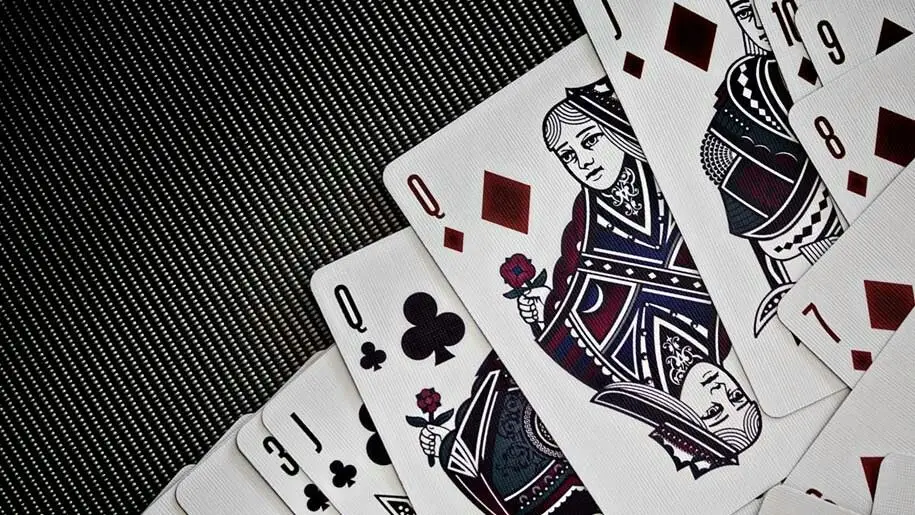Poker is a game where skill, calculation and luck come together in a dynamic spectacle worth millions of dollars. Only a handful of people reach the true pinnacle, and the main stage for such victories is the World Series of Poker. It is not just another poker tournament, but a whole universe of card skills that attracts both professionals and amateurs from all over the world. History, tradition and incredible prize pools make this event unique in the gambling world.
World Series of Poker history: from its origins to the present
In 1970, a legend was born in Las Vegas. Benny Binion, owner of the Horseshoe Casino, organised the first tournament that brought together seven players to determine who was the best of the best. The winner became Johnny Moss by a vote of the participants. From then on, the World Series of Poker became an annual event that attracted more and more participants and spectators. Within a few years, the poker tournament became a cult event that attracted thousands of players from all over the world.

Development and expansion of the WSOP
Every year, the WSOP expanded by adding new disciplines and increasing the number of participants. In 1982, more than 100 players participated for the first time. In 2003, Chris Manimaker, a random accountant, won the Main Event, turning a $39 investment into $2.5 million. This incident was the catalyst for a poker boom, with thousands of people believing it was possible to win. Today, the tournament series comprises more than 80 different events and the number of participants runs into the tens of thousands.
How the World Series of Poker is held
Every year, the WSOP turns Las Vegas into the centre of the poker world. The competition lasts for several weeks and brings together the brightest minds and the boldest strategies. The format is highly regulated and each stage requires utmost concentration and stamina.
The World Series of Poker consists of several stages:
- Satellites and Qualifying Tournaments – thousands of players go through qualifying tournaments to earn a ticket to the Main Event.
- Main Series – more than 80 different tournaments in different poker disciplines, such as Texas Hold’em, Omaha, Stud and other card games.
- The Main Event is a $10,000 no-limit Texas Hold’em tournament that attracts worldwide attention.
Each event is held under strict rules and participants must not only be skilled but also able to handle pressure. Winners receive a WSOP bracelet, a symbol of skill and prestige.
WSOP prize pool: millions at stake
The cash rewards at the World Series of Poker are as impressive as the skills of the participants themselves. The prize pool runs into the hundreds of millions of dollars, with winners receiving fabulous sums of money.
Details of prize distribution
The tournament budget is formed at the expense of participants’ buy-ins and sponsorships. For example:
- In 2022, the total prize pool was more than $330 million.
- The winner of the 2022 Main Event received $10 million.
- In each tournament, the money is divided among the top 15% of players and the minimum prize is usually twice the buy-in.
These amounts attract not only professionals, but also ambitious beginners who dream of a moment of fame and fortune.
Famous WSOP winners and their achievements
 Winning the World Series of Poker is not only a monetary reward, but also eternal fame in the poker world. Some names have gone down in history forever because of their extraordinary results and amazing success stories.
Winning the World Series of Poker is not only a monetary reward, but also eternal fame in the poker world. Some names have gone down in history forever because of their extraordinary results and amazing success stories.
Poker legends:
- Phil Hellmuth is the WSOP bracelet record holder. He has 16 wins in various disciplines.
- Doyle Brunson: Icon of the discipline, two-time Main Event winner and author of the book ‘Super System’, which has become a textbook for millions of players.
- Daniel Negreanu is one of the most popular players, with six bracelets and a million followers worldwide.
The variety of WSOP tournaments: from beginners to pros
The World Series of Poker is not only one big tournament, but also many events for players of different levels. Every player can find an event that suits his or her skills and preferences.
Popular disciplines and their characteristics:
- Texas Hold’em is the best known and most popular variant. The WSOP Main Event is played in this format. Participants are dealt two cards each and must collect the best combination of five cards on a common board.
- Omaha is a variant where players are dealt four cards each. They have to use exactly two of their own cards and three of the common cards. Omaha requires more strategic thinking and calculation.
- Stud Poker is a game where some cards are dealt face-up. The ability to analyse your opponents’ combinations is important here.
- High Roller tournaments are high-buy-in events, with buy-ins of up to $100,000 or more. They are attended by professionals and multi-millionaires willing to risk large sums of money.
- Beginner tournaments are low buy-in events that give even amateurs a chance to try their luck.
The atmosphere and unique features of the WSOP
The World Series of Poker attracts thousands of players and spectators to Las Vegas every year, creating a unique atmosphere of excitement, drama and euphoria. It is not just about cards and betting, it is also a social phenomenon that brings together people from all over the world.
What makes the World Series of Poker unique:
- The size of the event: more than 80 tournaments, thousands of participants and millions of dollars in prize money create a true festival.
- The prestige of the WSOP bracelets: each winner receives a gold bracelet that symbolises the greatness of poker. For many players, this prize is worth more than money.
- Culture and tradition: the World Series of Poker has a rich history of legendary victories and dramatic defeats. Each event adds a new chapter.
- Player interaction – newcomers can be seen playing at the same table as the poker stars of the world.
- Media coverage – broadcasts, interviews and analysis attract millions of viewers.
How to enter the tournament: qualification and participation
Joining the World Series of Poker is a dream for many players. But not everyone can afford the buy-in for the main tournament. That is why there is a system of qualification and satellites.
Ways for different categories of players:

- Online satellites – many poker platforms offer qualifiers with small buy-ins. Winners get a ticket to the WSOP.
- Live qualifying tournaments – held in different casinos around the world. Players can win entry to the WSOP 2024 through local events.
- Direct entry – an opportunity to pay for direct entry to one of the World Series of Poker events. The buy-in for the Main Event is $10,000.
- Sponsorship programmes – some professional players get money from poker teams and brands.
Conclusion
 The World Series of Poker is not just a series of events but a symbol of the poker world, bringing together excitement, strategy and dreams of glory. Its history, prizes, famous winners and unique atmosphere make this event a must for anyone interested in this discipline. From beginners to high rollers, everyone finds their place behind the green, fighting for a coveted bracelet and recognition.
The World Series of Poker is not just a series of events but a symbol of the poker world, bringing together excitement, strategy and dreams of glory. Its history, prizes, famous winners and unique atmosphere make this event a must for anyone interested in this discipline. From beginners to high rollers, everyone finds their place behind the green, fighting for a coveted bracelet and recognition.
 en
en  ru
ru  de
de  ar
ar  es
es  nl
nl  hi
hi  fr
fr  it
it  pt
pt  el
el 











